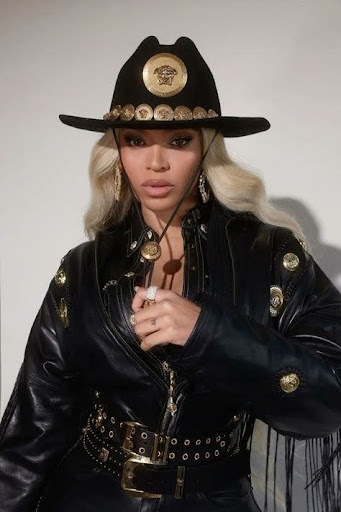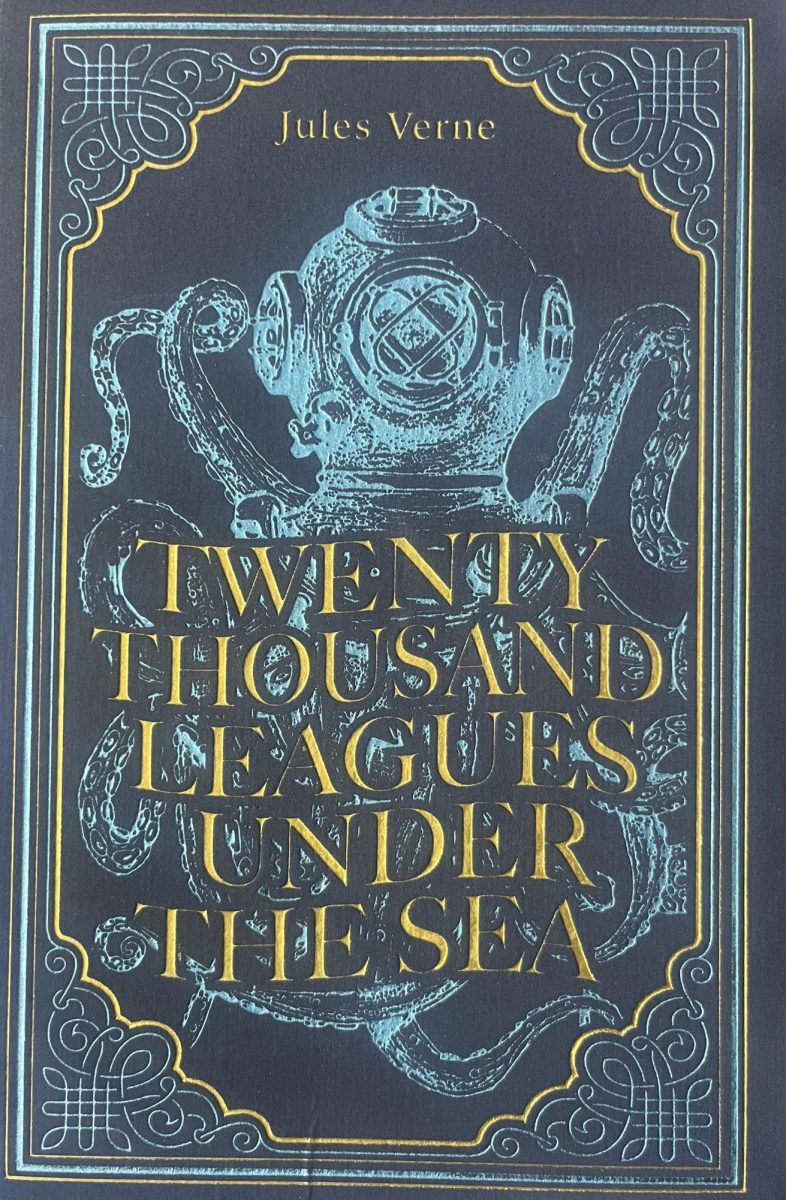March 29, 2024 – As clocks progressively struck 12 across the world, Beyoncé Giselle Knowles Carter, emerging from the recent success of her “Renaissance” album and subsequent tour, released “Cowboy Carter” into the homes of worldwide listeners.
Widening the trails blazed by “Renaissance,” the album adds more depth and color to the underlying mosaic of our modern musical landscape. Act 2 of a 3-act magnum opus, which in summation will explore the musical anthology of pioneering Black creatives throughout history, “Cowboy Carter” futhers this narrative delving into the genre of country music.
Having gained a month’s worth of perspective since the album’s emergence, we can begin to internalize and dissect the work for the reverential piece of art it is. Stemming from the exhibition of racist rhetoric that followed Carter’s performance at the 2016 Country Music Awards and the pervasive strangulation such rhetoric holds over the country music community, “Cowboy Carter” has deep roots in the Beyonce’s life as an artist.
Native to Greater Houston in Texas, Carter has lived experience being a Black Texan, and “Cowboy Carter” speaks to this. The album adds depth to what is typically categorized as “country” by speaking from such a unique point of view. Through use of mainstream spotlight, Carter has created a space in which diverse sonic and visual storytelling is welcome where it did not previously exist.
Black musicians and artists have a hand in the inception of many genres across time. Yet, in spite of countless innovations, these artists are consistently discredited and denied seats of power within spaces they created. Not unlike its predecessor “Renaissance,” “Cowboy Carter” addresses these long existing juxtapositions through the pensive rallying cry “American Requiem” or sweeping ethereal ballads like “16 carriages.” This ethereality continues throughout the album and is especially seen on vulnerable tracks, such as “Protector” on which a spoken introduction of Carter’s daughter, Rumi Carter, is featured, and one of the album’s seminal features “II Most Wanted,” featuring Miley Cyrus.
Other notable co-signs and features on the work include legacy artists like Dolly Parton, Willie Nelson, Linda Martell, Nancy Sinatra, Paul Mcartney and the Beach Boys. The album also features up-and-coming country artists Tanner Adell, Brittney Spencer, Tiera Kennedy, Reyna Roberts, Shaboozey and Willie Jones. Through the inclusion of legacy artists, young Black newcomers to the country music genre, and uber-current artists such as Post Malone and Taylor Swift, the purposeful design of the album becomes clear as it honors the country music genre’s rich and complete history while charting an innovative path forward.

Not without the chart topping hits a star of Carter’s caliber has become known for, the album delivers the wistfully romantic “Bodyguard” supported by the backing vocals of Taylor Swift. Alongside this, the vivacious “Levis Jeans” featuring Post Malone and the classically boisterous record-breaking hit released on Superbowl Sunday “Texas Hold’em” round out an ideal soundtrack for the imminently approaching summer season.
While I will leave some listening to readers, it is abundantly clear Beyoncé holds a deep pension for innovation in tandem with an acute knowledge of musical history and takes these convictions to task on “Cowboy Carter.” Shattering industry standards and systemic cultural flaws, “Cowboy Carter” encourages you to feel everything from romance to rage and shatters a glass ceiling that has kept Black artists out of a genre which they pioneered, and it only leaves one wondering what else could be in store for Carter’s third and final act of this magnum opus.



























